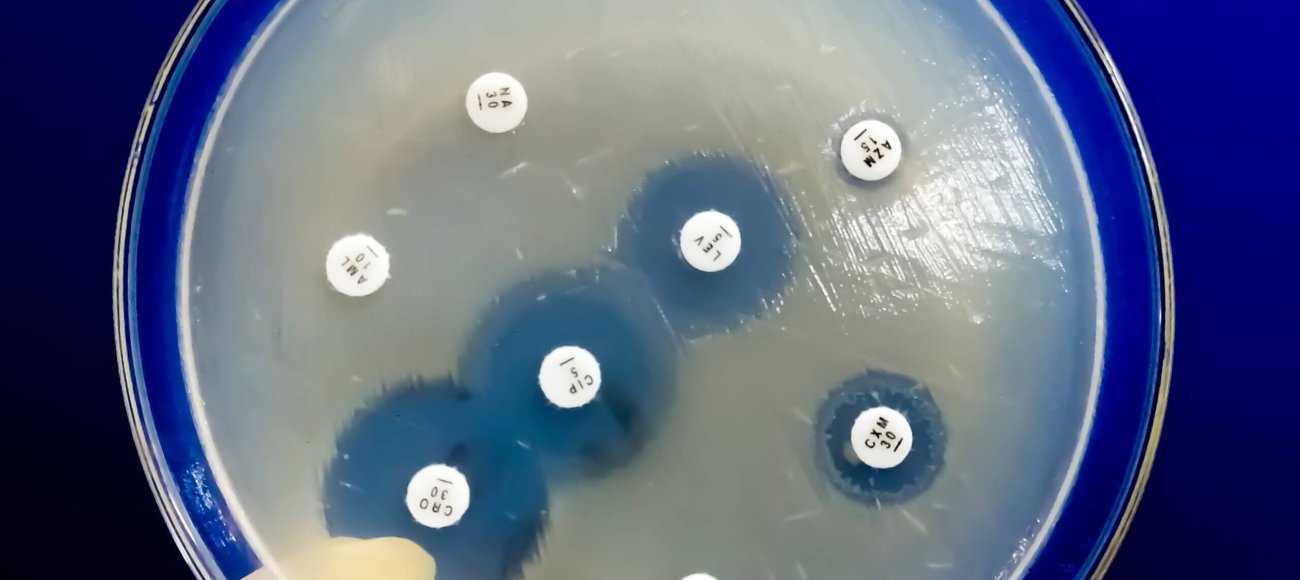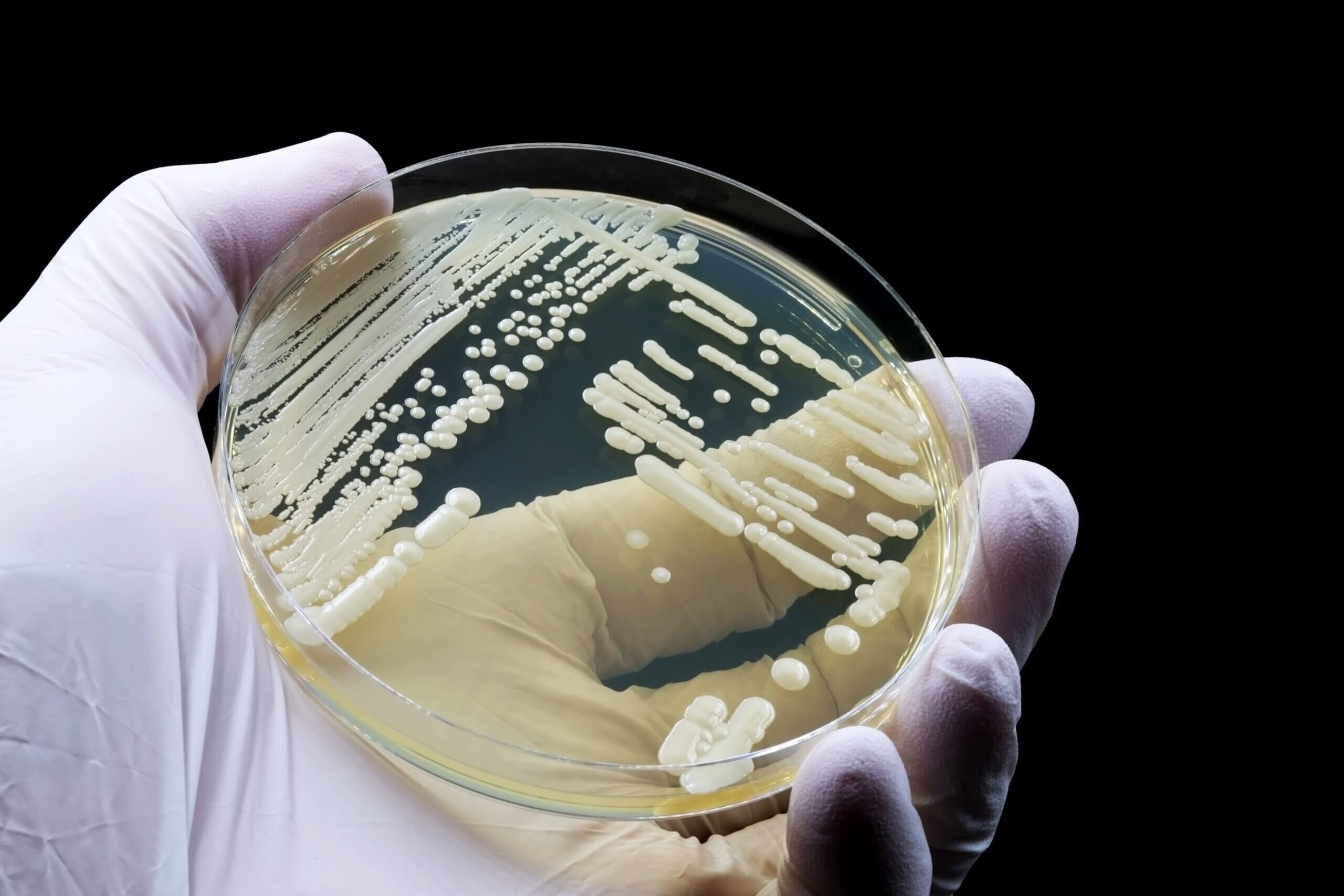Antimicrobial testing plays an important role in establishing how effectively a product is meant to control or kill a variety of microbes such as bacteria, viruses, and fungi. Increasingly, personal care, medical device companies, textile manufacturers, and disinfectant manufacturers and distributors are relying on these tests to understand whether their products are safe and effective.
Choosing the Right Test
The first step in antimicrobial products testing is identifying the appropriate test that suits your product’s needs. It includes:
- Zone of Inhibition (Kirby-Bauer Disk Diffusion Test): One of the most widely used techniques is antimicrobial susceptibility testing. In this technique, the sample is placed on a nutrient agar plate inoculated with the test microorganism. The growth of microorganisms around the sample would be suppressed by the presence of antimicrobial agents. It would then be observed as a clear zone. This zone size directly correlates to the product’s effect on the targeted pathogen.
- Minimal Inhibitory Concentration (MIC): It measures the lowest concentration of an antimicrobial agent that will prevent the visible growth of the microorganism. Hence, this is crucial in determining the potency of the product and whether it can inhibit specific microbes.
- Antiviral Testing: This type of test is specific for products that are to be used as antivirals. It usually determines viral titer reduction within a controlled environment, which assures that the product is effective against viruses.
- Antifungal Testing: For products targeting fungi or molds, antifungal testing evaluates the product’s ability to inhibit or kill fungal growth, commonly involving molds such as Aspergillus niger or yeasts like Candida albicans.
Considerations for Determining the Appropriate Test
Several critical factors influence the antimicrobial testing process, it includes:
- Type of Product: The type and purpose of a product determine the most appropriate testing method. For example, antimicrobial-treated textiles require tests like AATCC TM100, whereas medical devices may require broader evaluation.
- Intended Use and Claims: If your product is for healthcare use, it may require efficacy testing against resistant strains such as MRSA or VRE. If your product makes specific claims -for example, “kills 99.9% of bacteria”-testing should test those specific claims using standardized methods or ISO protocols.
- Target Microorganisms: In antimicrobial testing, the resistance level also varies with different species of microbes. Bacteria, fungi, and viruses all present a challenge in different ways so testing method varies. For example, knowing which pathogens your product might encounter allows you to test it more specifically and effectively.
- Application Method: It include
- Surface Application Tests-Products like disinfectants or surface cleaners are applied to surfaces: plastics, metals, or fabrics. The surface is inoculated with specific microorganisms, and the efficacy of the product is measured in terms of the ability to eliminate microbial populations under controlled conditions.
What Result to Expect from the Test?
It includes:
- Quantitative Results: MIC provides quantitative data on how much antimicrobial agent is required to inhibit growth and the product’s effectiveness over time. This type of information can help refine the formula developed by manufacturers to achieve the maximum level of effectiveness.
- Qualitative Results: Tests like the Zone of Inhibition provide a visual indication of antimicrobial activity, offering a straightforward assessment of whether the product works against a particular microorganism.
- Pass/Fail Criteria: A product passes the antimicrobial products test if it meets the required microbial inhibition standards, and fails if it does not—which is particularly critical if a product must meet public safety requirements.
- Specific Strain Data: It will show whether the product is effective for specific strains, like drug-resistant bacteria, and help in the proper marketing of products made by manufacturers.
Turnaround Time & the Cost
Antimicrobial testing turnaround times can vary widely depending on the type of test, the complexity of the product, and the microorganisms being tested. It includes:
- Complexity of Testing: More complex tests require longer incubation and analysis times, thus longer turnaround periods, whereas simple tests such as the Zone of Inhibition can easily produce results much quicker.
- Number of Microorganisms: Multiple strains or types of microorganisms will mean more time and cost inputs in efficacy tests. A broad-spectrum test, involving bacteria, fungi, and viruses will require much more time and be expensive compared to a test on a single organism.
- Regulatory Requirements: Products that are likely to satisfy a given range of specific requirements set by regulatory activities might have to undergo further checks and documentation therefore making them more expensive and taking a longer duration during the testing process. The laboratory may have to repeat the experiment multiple times in order to achieve conformity.
Conclusion
Antimicrobial testing is one of the most crucial steps to ensure the safety and effectiveness of any product in the market as a solution against harmful microorganisms. By carefully selecting the right test, considering key factors, and understanding the expected results, companies can ensure their products meet regulatory standards and consumer expectations.
At Microbe Investigations Switzerland, we are dedicated to providing comprehensive antimicrobial testing services to ensure the safety and compliance of your products. To learn more about our testing services or to schedule a consultation, please contact our experts today.














